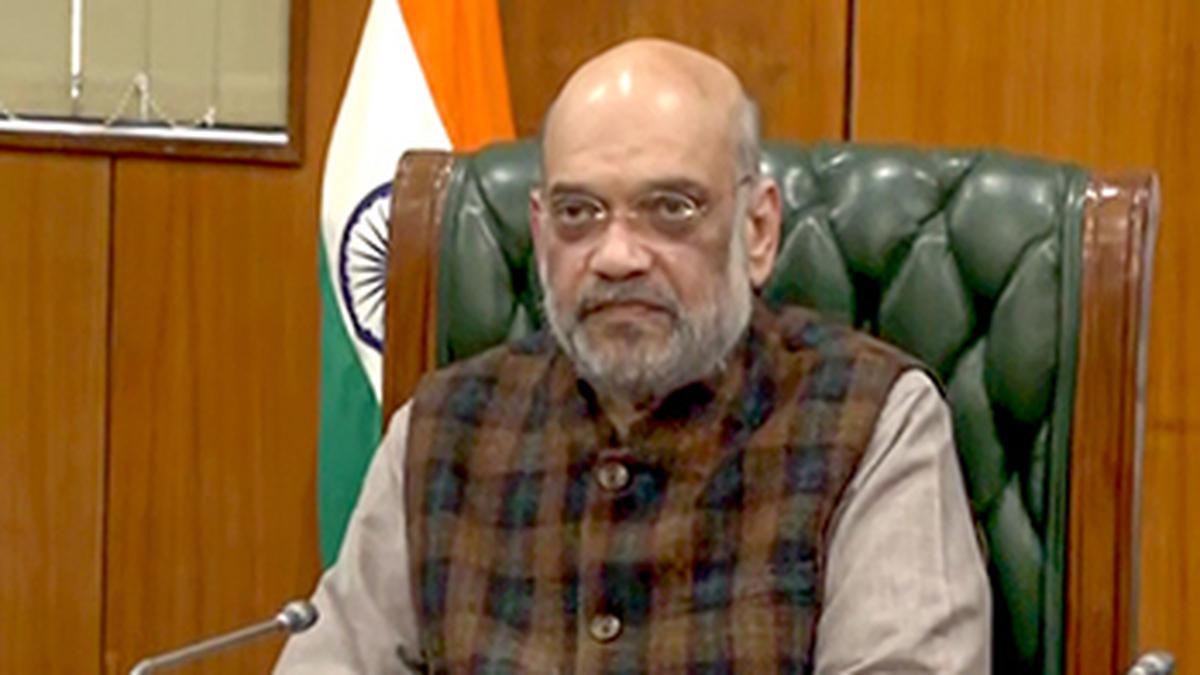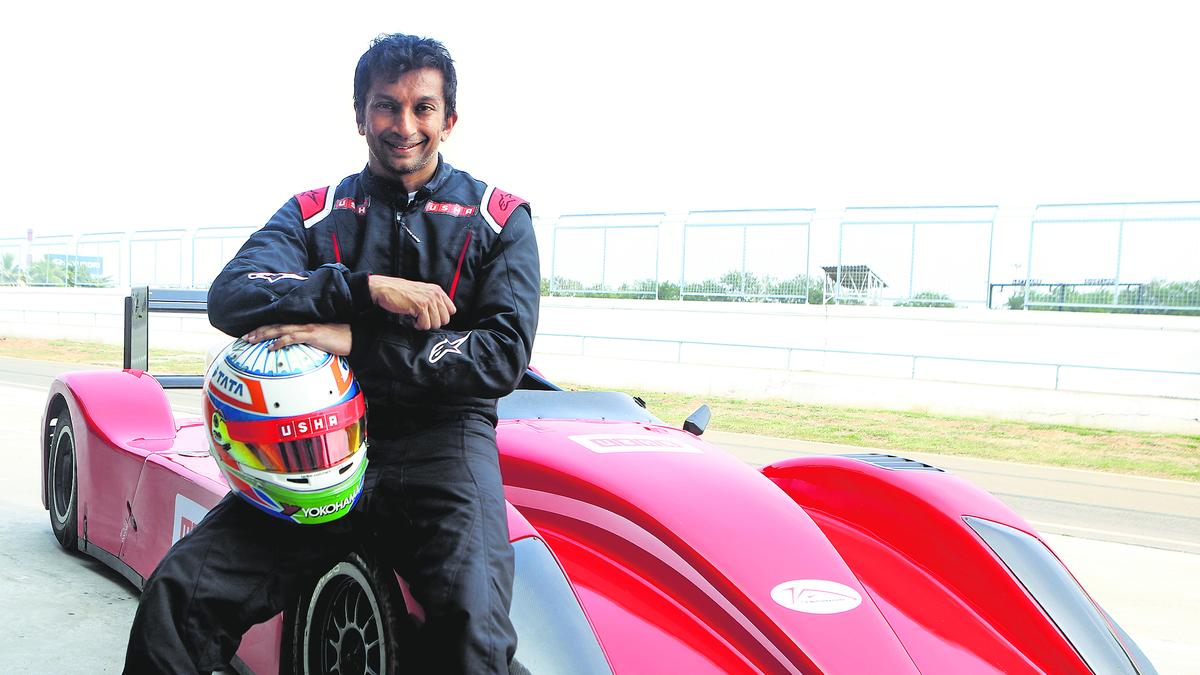Medical inflation is often being mentioned about in the industry. In this paradigm, which product serves better – a co-branding card or insurance, considering you have also forayed into insurance recently?
Mr. Balakrishnan: I do not see it as a conflict. A credit card is an emergency and convenience-driven device whereas insurance is a purely emergency device for which you have been paying for over a period. It is complementary and one of the reasons why Apollo 24|7 got into both is because card as a payment mechanism and insurance as a protective mechanism are very mandatory, and core to my business. They are not extra-curricular. In fact, they cover my proposition.
Our aspiration is to bring in both the provider (hospitals, pharmacy, diagnostics and wellness) and payer (cards, UPI and insurance) under one umbrella. Thus, providing our customers both affordability and best possible services. That is how we endeavour to build our circle of health.
How do you look at insurance and co-branding ensuring profitability for Apollo?
Mr. Balakrishnan: Our pharmacy business is the primary driver. We do about 59,000-60,000 deliveries every day which touches 1,00,000 if you consider home deliveries utilising through our digital platforms. With respect to diagnostics, we test around 80,000 to 1,00,000 samples every month primarily from our pharmacy customers as well as independent customers. Finally, we do about 3,000 consultations every day. All of it pertains to our digital platforms and not the offline centres.
So, this business is growing slowly and steadily unlike quick commerce – we are not growth on steroids. Our growth is built on a sustainable model. We start by focussing on top six cities, then the next ten cities and so forth. While we are servicing 19,000 pin codes, a big chunk of our business is derived from these markets.
For me, growing my pharmacy, diagnostics and consult business is core.
With credit card or an insurance ensure, I get more repeat business and thereby the core business continue to grow. The insurance customers also become my primary customers. In the sense that we would be able to give them a much better experience within the Apollo ecosystem and other hospitals outside it as well.
While we earn some margins from the insurance business, for it is viable as a standalone business, we might not make too much money with credit card business. However, it is imperative to note that we do not lose money with the latter, for the credit card customers become a driver of growth for the three core businesses, that is, pharmacy, diagnostics, and consultations.
What is the outlook for profitability?
Mr. Balakrishnan: We hope to break profitability between the five units of business, that is, pharmacy, diagnostics, consultations, insurance and cards, by the end of this financial year. We have been bringing down costs dramatically and making our unit economics better. I believe this would help drive profitability much faster. Hopefully, by the third or fourth quarter we should be able to turn this around. As an entity we are positive but as a pure digital line, we are still burning cash. We should be able to eliminate that by the end of this year.
How do you see the evolving landscape with quick commerce?
Mr. Balakrishnan: We are typically compared with quick commerce entities experiencing breakneck growth and spending a lot of money. Although we would want to build a sustainable model because we feel healthcare is a long-term business and build a much stronger proposition.
Although, consumer behaviour is changing with quicker ten-minute deliveries, and we do not live in a vacuum. Thus, we brought in the 19-minute delivery model. However, ours is also a much more complicated and regulated product. It requires validating prescriptions alongside adhering to rules for disbursing medicines.
At this point, we have the 19-minute delivery service in top 6 cities and intend to roll it out selectively in others. This has genuinely helped us get better propositions. While it may not be economically viable at this point of time, but it helps get customers.
Our focus has been to ensure that deliveries are either within 19 minutes, especially emergencies, or 90% within the same day.
Thus, our underlined objectives now also entail quick turnaround time alongside authenticity, discount and accessibility. The faster I can deliver, I become more efficient, and it becomes a better paradigm.
What purpose would the recently introduced SBI co-branding credit serve?
Mr. Balakrishnan: A typical patient in SEC-A (top socio-economic class in India) would be spending anything between ₹30,000-45,000 on an annualised basis. If we were to take Apollo 24|7 as a yardstick, 27% of the pharmacy transactions happen on a credit card. Further, it is not more than 6-7% at the physical outlets.
We observed more people are using digital means to make payments because it convenient and effective. Additionally, with credit cards one can push the expenses to the end of the month. Thus, the first objective was to consolidate the mechanism of payment for purchasers in a more organised way.
Secondly, giving value to customers. Partnering with SBI drives better value for our customers. This would be by pooling in our (respective) resources and offering customers up to 25% cash back as savings. This can only be done through a credit card and not a debit card. With UPI as well, the economics would be sustainable neither for the bank nor for us.
Furthermore, we are ascertaining that the savings, which is not just at the pharmacy outlet but overall spend, can be ploughed back. Imagine availing cash back and/or points on the entire spending and investing it back for health needs itself.
The final objective relates to testing. This is to facilitate pro-active care especially in a market like ours bearing considerable potentiality for non-communicable diseases. We are putting in some annual tests free of cost as part of the proposition.
How does the co-branding card help the overall business?
Mr. Balakrishnan: We hope to spur the 27% figure on pharmacy transactions through credit cards to about 35-40% because this would help enhance our efficiencies. As for numbers, it would be a steady growth because credit card business also entails underwriting, that is, not everybody gets a card.
We hope to touch anything between 7,50,000 to 1 million cards over the next 18 months as we build it slowly and steadily.
We intend to target it to our existing customers and are not exploring anybody coming up. The objective is to reach out to our huge (customer) base and rewarding those who engage with us by providing a product that enhances value (for them) and present a loyalty tool for offering them better.
Finally, you would also be able to build further value propositions by building a strong core.
With respect to co-branding cards in general, does the proposition of deep discounting not affect the unit economics of a company?
Mr. Balakrishnan: When this industry started, discount was the only product-market fit.
Why would anyone want to learn a new mechanism of buying (medicines) digitally. While the coronavirus pandemic did serve as a catalyst, the paradigm was retained for the (assured) availability of trusted medicines, because the industry is unfortunately plagued by a lot of counterfeit and duplicate medicines. The Apollo brand affirmed trustworthiness. Further, the digital proposition ensured greater reach and trusted medicines were available at any point of time. What is also essential to note is that an offline store can hold 6,000-7,000 SKUs at a given point of time, compared to online where it could be about 60,000.
About discounting, it used to be as high at 20-22% when it started off. There has been a constant winding down since then. At present, it hovers at around 14-16% in the digital space at least depending on varied retailers. The sustainability of the model however, according to me, would be in the range of around 13% weighted average.
The co-branding card (referring to SBI) ensures a more seamless experience and efficiency.
The cost of collecting cash (for deliveries) is very high. Thus, the uptake effectively brings down the cost of operation. It should also not affect unit economics if I am able to grow 30-40% with more repeating customers, instead, the unit economics would start looking better. However, beyond 13-14% in the industry, it will start eating into the unit economics.



